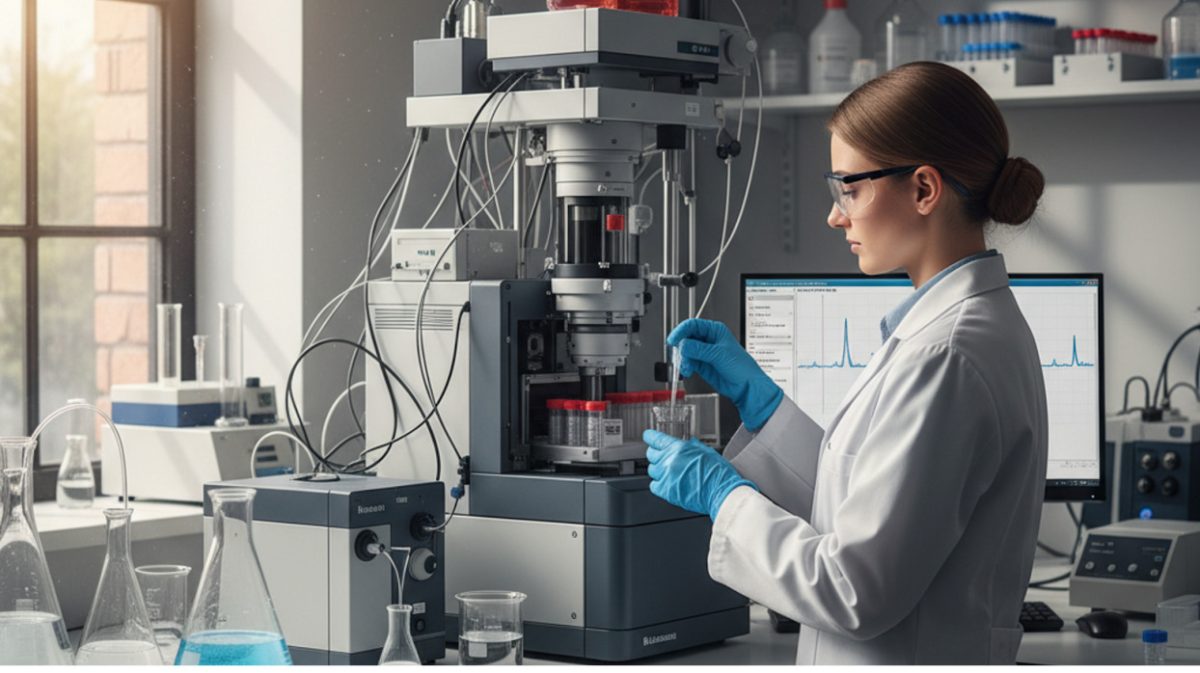Active proteins work best when they are pure. Impure proteins give incorrect results in the experiments and create confusion in the follow-up studies. Even a small level of contamination can change the results in studies, cell assays, or diagnostics. This is why sourcing such proteins from suppliers is such an important decision for researchers. The accuracy of a project often depends on it. One way to buy the purest active proteins is to pay close attention to the purification methods of a supplier. But what are the top purification methods to notice?
Different laboratories may use different strategies for purification. But three methods stand out as the most effective and verified ones: HPLC, Gel Filtration, and SDS-PAGE.
If you are reviewing product descriptions for active proteins, you should look for these three processes. They ensure that the protein you are using matches the required standards for activity and purity. Let us know what these protein purification methods are and how they work.
1. SDS-PAGE (Sodium Dodecyl Sulfate Polyacrylamide Gel Electrophoresis)
SDS-PAGE is one of the most widely used techniques to analyze protein purity. It separates the proteins based on their sizes. The process includes loading proteins into a gel medium under the influence of an electric field.
For this, Sodium dodecyl sulphate (a type of detergent) is applied to proteins to give them a uniform negative charge. Once the electric current is run through the proteins, they start to move through the gel, and their size determines their movement. This allows researchers to find whether a sample contains only one protein band or multiple protein bands.
- A single clear band indicates a high level of purity.
- Multiple bands indicate contamination or the presence of other proteins.
SDS-PAGE is not only used in purification but also as a quality check method after purification is completed. It ensures that the protein you receive is the intended one and that it is not mixed with other molecules.
2. High-Performance Liquid Chromatography (HPLC)
Another trusted method for protein purification is HPLC. It helps to separate proteins based on their chemical properties.
The process involves passing a protein sample through a column that is packed with stationary material. Different proteins interact differently with the stationary material as per their own chemical properties and separate as they pass through. This enables researchers to isolate the desired component with very high precision.
The advantage of using this method is that it is consistent and reproducible. Active proteins purified using this method often have a purity of equal to or higher than 95%.
When are active proteins purified using HPLC most helpful?
The HPLC proteins are beneficial when the experiment aims to understand protein–drug interactions, binding properties, or enzyme activity, because even small impurities can affect outcomes in these cases.
3. Gel Filtration Chromatography
Gel Filtration Chromatography is a method used to separate proteins based on their size. Here is how it works:
A column is filled with beads that contain small pores, and protein is passed through it. Large molecules cannot easily enter the pores, so they pass through the column more quickly. Smaller molecules enter the pores, so they take longer to travel through. This difference in speed causes proteins to separate.
Gel filtration is particularly helpful for removing unwanted small molecules such as salts, residual solvents, or byproducts from protein preparations. It can also separate proteins from aggregates while maintaining their correct folded form.
Examples Of The Proteins Purified Using These Three Methods
- Stem Cell Factor (SCF): SDS-PAGE, HPLC
- Galectin 3 (GAL3): HPLC, Gel Filtration Chromatography
- Perforin 1 (PRF1): SDS-PAGE, HPLC
- Adiponectin Receptor 1 (ADIPOR1): Gel Filtration Chromatography, SDS-PAGE
- Tumor Necrosis Factor Related Apoptosis Inducing Ligand (TRAIL): SDS-PAGE, Gel Filtration Chromatography
- Mannose-Associated Serine Protease 2 (MASP2): HPLC, Gel Filtration Chromatography
Conclusion:
Purifying proteins is a crucial step in ensuring the reliability and accuracy of experiments. Researchers must choose proteins purified using trusted methods, such as SDS-PAGE, HPLC, and Gel Filtration Chromatography. These methods guarantee high protein purity, which is essential for accurate results. Always check product descriptions for details on these purification techniques to avoid impure proteins and ensure reproducible results. Purity is the foundation of successful, trustworthy research.
